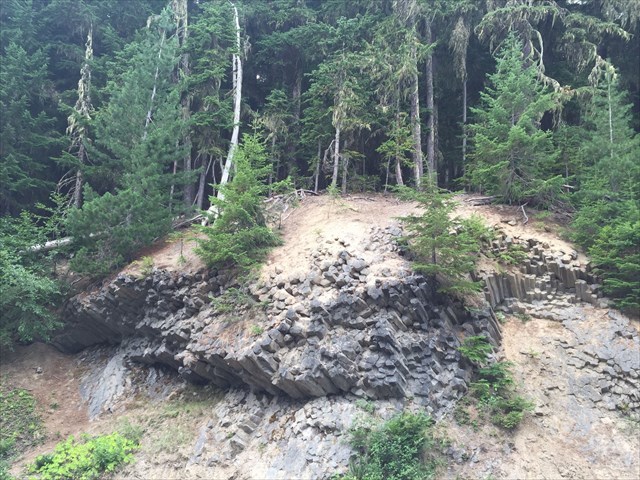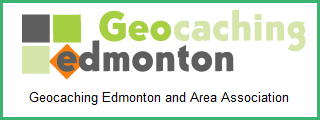What is Basalt?
Basalt is a type of igneous rock meaning that this type of rock is formed of cooled lava or magma. Igneous rocks are rare in Alberta and are only really found near Waterton National Park or in the far northeast of the province. Chunks of igneous rocks can also be carried long distances by glaciers and be deposited in locations where there are no other examples of igneous rock around (Mussieux and Nelson, 1998).
Igneous rocks can either be intrusive or extrusive.
Intrusive means that that the magma cools underground. This also means that given there is more time to cool, the crystals within the rock are larger, since the crystals have more time to form. This forms Gabbro.
Extrusive means that that the lava cools above ground and therefore the crystals are smaller. In rare cases when the lava is immediately immersed in water, the crystal-less rock, obsidian will form. This forms Basalt.
Even though the same rocks have the same composition, they are called basalts.
What is Columnar Basalt?
Columnar basalt forms when a lava flow cools gradually much like when a mud flat dries. As the lava cools, the rock contracts leaving gaps between the parallel, individual columns, perpendicular to the surface of the lava flow. The cross section of these rocks look like polygons that can have 3 - 7 sides.

Cooling lava contacts forming cracks and even columns (Source: University of Saskatchewan).
These columns are usually vertical but can be horizontal if the lava flow flows up against a cool surface such as a glacier.

Lava flows against a glacier can cool lava quickly (Source: Signage along rest stop on Washington State White Pass Highway 12).

Horizontal columns in Mount Rainier National Park (Source: Dustin Creviston [Kiwibirdman]).
The columns may form sets. Straight, regular columns are called colonnade. Irregular, fractures columns are called entablature. Entablature forms when the cooling columns are immersed in water flow seeping downwards and results in irregular cooling.

Subsequent lava layers can cool differently forming different patterns (Source: Oregon State University).
To Log This EarthCache
Please e-mail me the answers to the following questions through the Geocaching.com messenger following your visit to this site. Any logs without answers within a reasonable amount of time will be deleted.
1.) How many columns are on site?
2.) What is the average side count? Count the number of sides and divide them by the number of columns.
3.) Based upon the cache description, do you think these rocks are intrusive or extrusive?
References
Department of Civil and Geological Engineering. “Igneous Joints.” Igneous Joints, University of Saskatchewan, homepage.usask.ca/~mjr347/prog/geoe118/geoe118.054.html.
Department of Civil and Geological Engineering, University of Saskatchewan, homepage.usask.ca/~mjr347/prog/geoe118/geoe118.054.html.
Klemetti, Erik. “How Do Volcanoes Create Towering Columns in Rock?” Wired, Conde Nast, 3 June 2017, www.wired.com/2015/02/volcanoes-create-towering-columns-rock/.
Mervine, Evelyn. “Geology Word of the Week: C Is for Columnar Jointing.” Georneys, AGU Blogosphere, 18 Nov. 2012, blogs.agu.org/georneys/2012/11/18/geology-word-of-the-week-c-is-for-columnar-jointing/.
Musieux, R., & Nelson, M. (1998). A Traveller's Guide to Geological Wonders in Alberta. Edmonton, AB: Provincial Museum of Alberta.
This geocache is owned and maintained by a proud GEAA member.

GEAA provides general information about geocaching, encourages newcomers, and promotes the hobby of geocaching through fellowship, education, and advocacy with land managers and government.
As the geocache owner, I affirm that the image above links to a local geocaching group that is active in the community and contributing to geocaching in positive way. The link has not been checked by Geocaching HQ or by the reviewer.